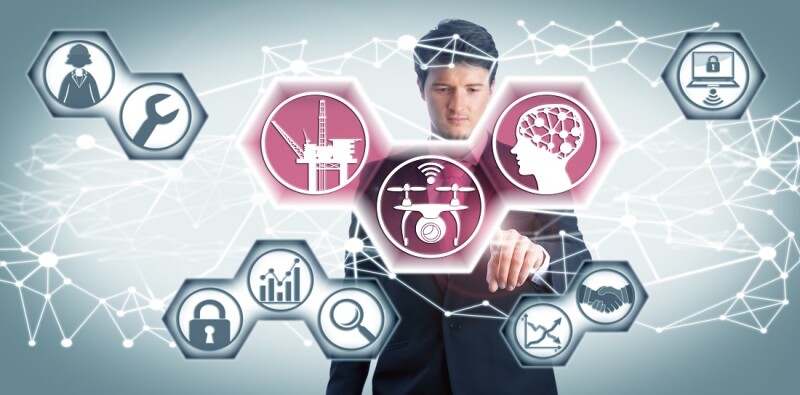Autonomous aircraft, robots, vehicles, and boats have come out of the workshop and are now appearing as routine tools in a wide range of challenging environments where they are conducting an ever-growing array of complex observations, measurements, and work.
Drawing upon recent trials and deployments, this SPE Live explores some of the ways in which autonomous systems can improve how we work, provided that the fundamental rules of safe and reliable operations are maintained and the decision to use advanced technology is justified by the benefits that it brings. Examples presented include the use of autonomous aircraft for measuring greenhouse-gas emissions, long-duration offshore surveys, and safety-critical inspections in hazardous locations.
The autonomous systems can only be as good as the payload that they carry. This presentation presents the concept of "horse and rider," in which the sensors and tools (the rider) are viewed as working in partnership with the mode of transport (the horse).
Together, they define the workplan and method. Working in this way allows rapid innovation, allowing technology providers to specialize and adapt rapidly to new opportunities.
- Peter Evans, Senior Engineer, BP
- Chris Adams, Commercial Director, Flylogix
This video was first presented as an SPE Live event. More SPE Live videos can be found on the SPE Energy Stream.

